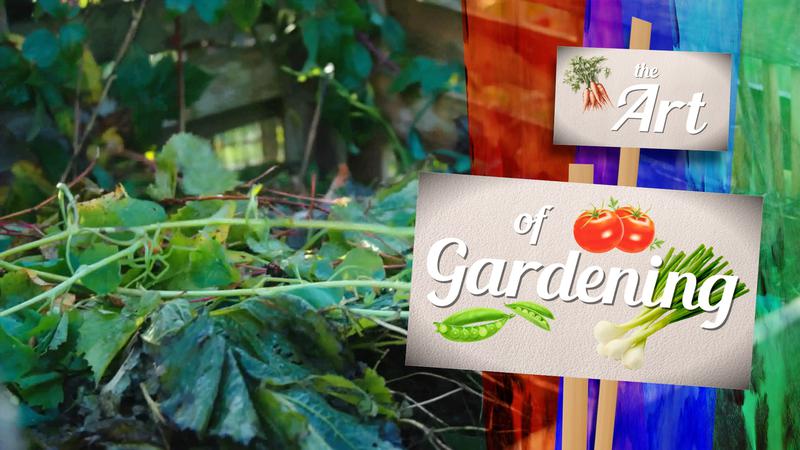
As Lower Mainland COVID-19 cases spike, Interior increase no surprise: chief medical health officer
KAMLOOPS — As B.C. grapples with ever-increasing COVID-19 numbers, mainly in the Lower Mainland, Interior Health’s chief medical health officer expected the recent rise in the region.
Albert De Villiers says some of the cases are linked to people travelling to and from the Lower Mainland.
“We have had cases like that — and some of our clusters started like that as well. We’ve had people travelling from the Lower Mainland and other provinces, as well, where there are more cases,” said De Villiers.


